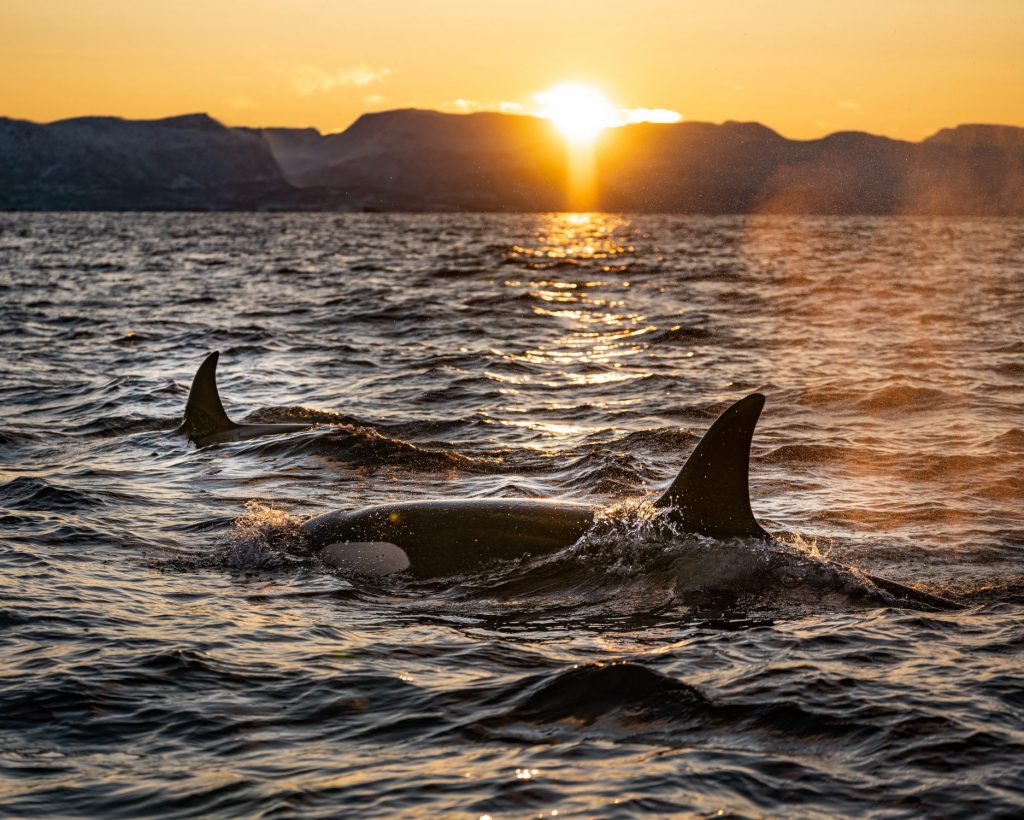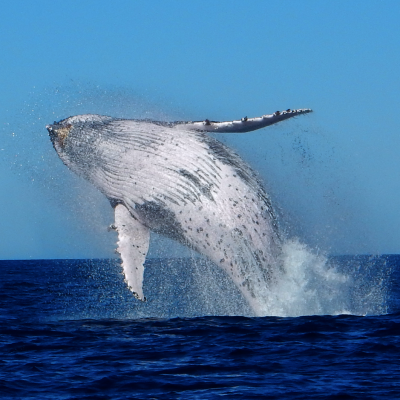Whale Migration
Humpback whales migrate nearly 19,000 kilometres from their home feeding waters in Antarctica to the warm breeding waters of Queensland. The round trip takes around 265 days. This information comes courtesy of a new report from the World Wildlife Fund (WWF). Scientists compiled the migration tracks of over 1,000 whales worldwide, recorded using satellite tags. It shows the global scale of the whale routes, highlighting the extent of their role in spreading nutrients oceanwide.
Whale Superhighways
These routes have become known as ‘whale superhighways’. Many marine scientists believe that the route is as important as the end destination. This is why it is important to lobby for whale protection while enroute.

Whale Endangered, Still
However, an article in The Conversation by marine scientists Ryan Reisinger, Ari Friedlaender and Daniel M. Palacios reports that even 26 years after the end of whaling in most countries (except Japan and Iceland), six out of the 13 largest whale species are still either endangered or vulnerable (International Union for Conservation of Nature).
Six out of the 13 largest whale species are still either endangered or vulnerable
Whales face multiple human-created dangers as they cross the oceans: net entanglement, chemical and plastic pollution, climate change reducing krill numbers and impact from boats. And of course those shameful nations still hunting these beautiful creatures. Some believe that the noise we humans are making drilling for oil and gas is also impacting negatively on whale migration.
Marine Protection Areas
Many countries uphold marine protection areas, but these cover less than 8% of the ocean. Much of the migration is in the high seas, where only 1.2% of the ocean is under some form of protection.
The authors of The Conversation article call for countries to form a cohesive plan to protect whales, like the existing Convention on the Conservation of Migratory Species of Wild Animals. Under the United Nations Convention on the Law of the Sea, countries have rights to fish and pursue other activities in 200-nautical mile exclusive economic zones (EEZ) extending from their coastlines. The WWF report showed that 367 humpback whales tracked by satellite in the southern hemisphere together traversed the EEZs of 28 countries during their migrations. Only countries designating marine protected areas within their EEZs can help conserve vital marine habitats.
The lack of a comprehensive and cohesive plan to protect whales in the high seas and across all EEZs makes whales vulnerable. The United Nations is endeavouring to find a solution. In 2017 member countries began negotiations to create a treaty for the protection of migrating whales. The fourth and final session of these negotiations took place in New York on March 7-18.
What Can We Do?
Lobbying the UN is mostly the work of governments and environmental organisations like Sea Shepherd and WWF. However, you can lobby your local member or email the current Australian Minister for the Environment, Tanya Plibersek.
Don’t ditch it, fix it!
In the meantime, we can all actively assist in protecting these magnificent marine mammals with some simple measures your great-grandma might have taught you:
- Recycle, reuse, repair Don’t ditch it, fix it! Keep your global footprint light.
- Donate to organisations like Sea Shepherd or
- Purchase Gowings Whale Trust merchandise, where 100% of the profits go to fund education about and protection of whales.
Love our images? Why not send us some of your own for a chance to win a whale watching tour and bags of Gowings Whale Trust merchandise. Thanks to The Conversation for their generosity in sharing their informative articles.





